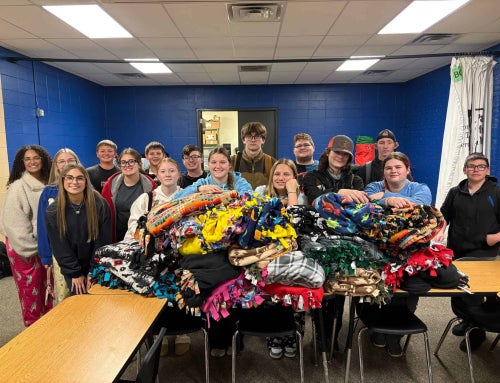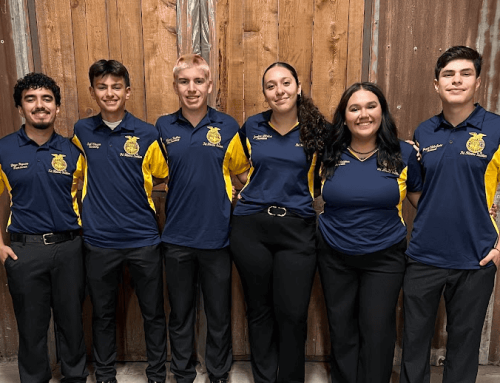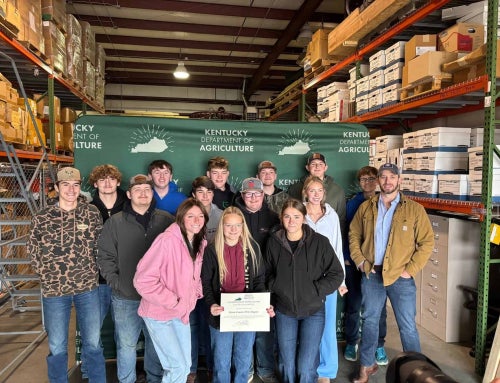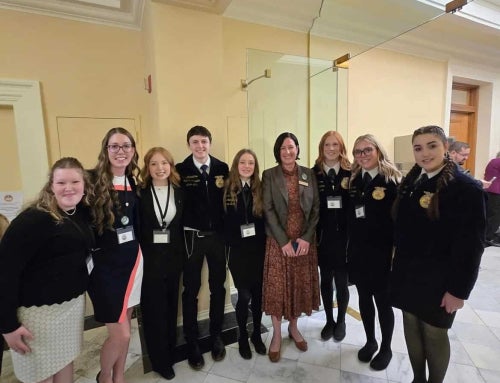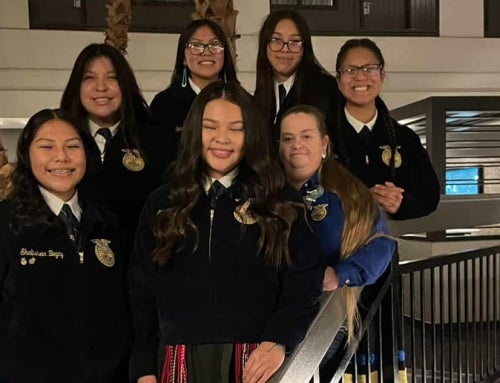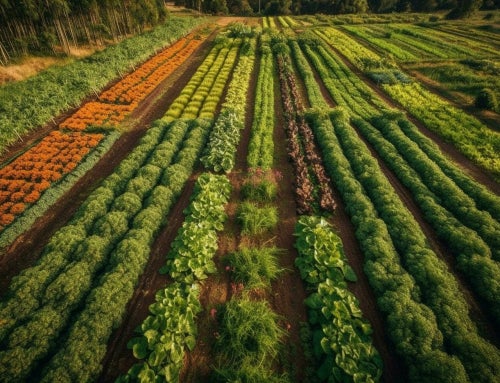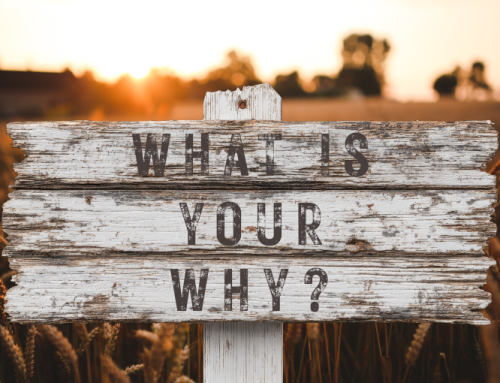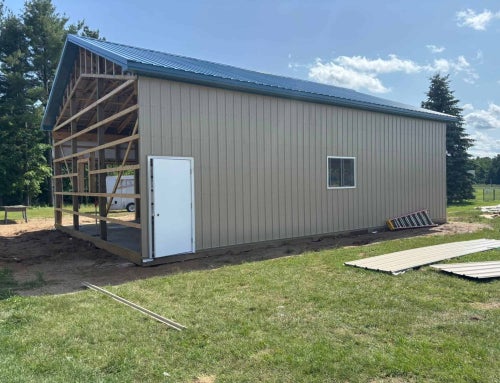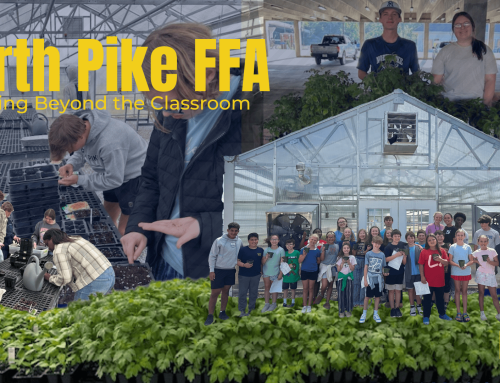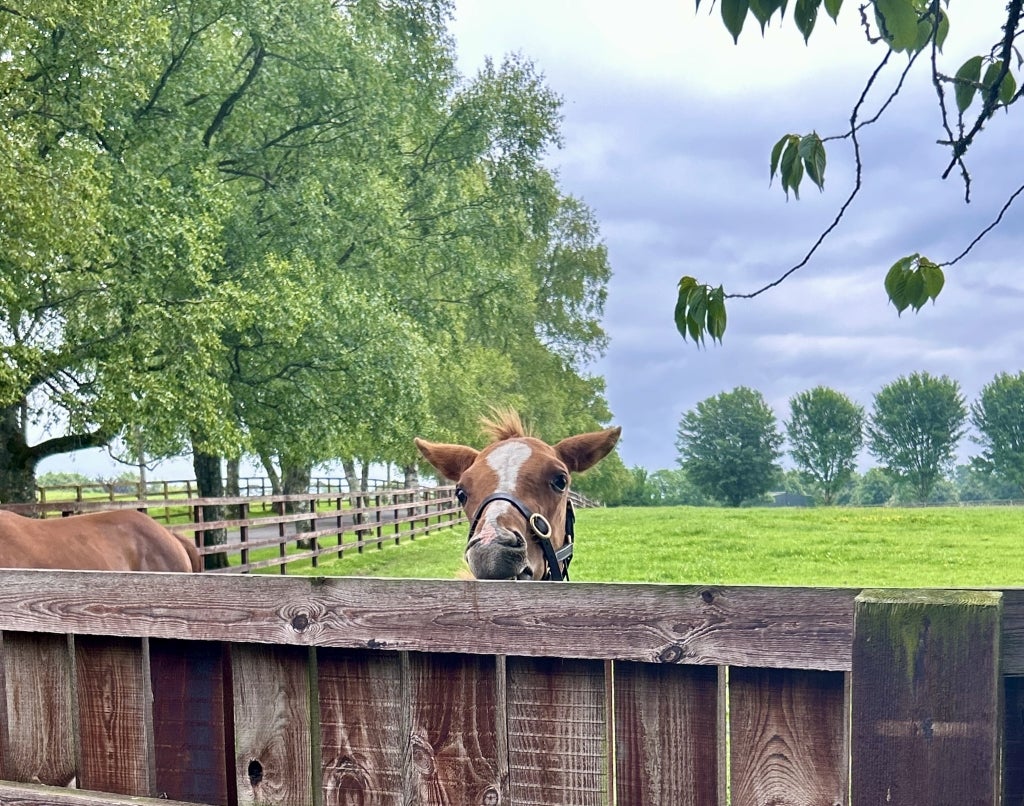
From wide-open plains to rolling green hills, agriculture looks a little different depending on where you stand. In the United States and Ireland, livestock — especially beef and dairy — play major roles in both countries’ economies and cultures. How that livestock is raised, managed, regulated and sold, however, varies in each country.
Whether it’s the type of land, the size of the farms or the government regulations in place, each country approaches cattle production from a different angle. Although it may be easy to compare, each country has its own set of strengths and challenges.
Two Countries, Two Approaches
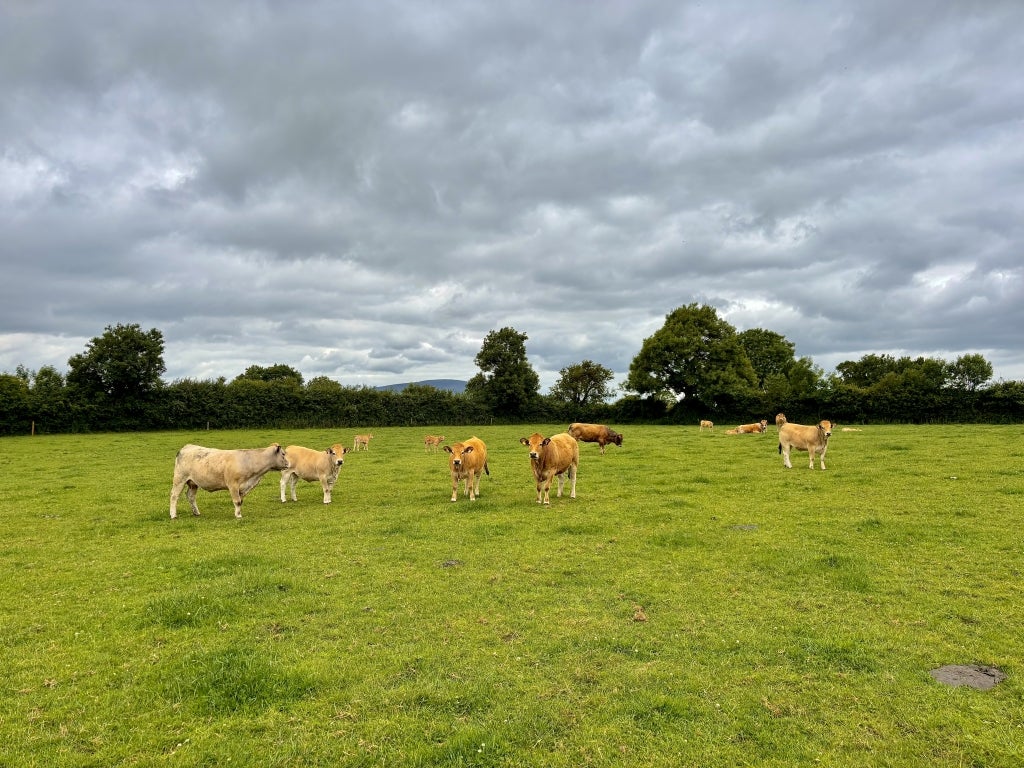
Cattle graze in a field in the Kilkenny Region of Ireland.
In the U.S., cattle operations are typically large in scale. Massive ranches and high-volume feedlots are normal for beef, while many dairy farms house hundreds of cows and thrive using automation. The focus is often on efficiency and large-scale production.
In Ireland, most farms are smaller and family-owned. Thanks to the mild climate, cattle graze on green pastures for much of the year. Instead of size, Irish farms focus on animal welfare, genetics and traceability. It’s a slower pace, but one that prioritizes quality over quantity.
Hallow Holsteins: Grading for Quality
An example of Ireland’s dairy industry is Hallow Holsteins, a renowned herd known for producing high-quality cows with a unique twist — they’re graded. In catalogs and listings, each cow has a rating next to her name, indicating her lineage, performance and value.
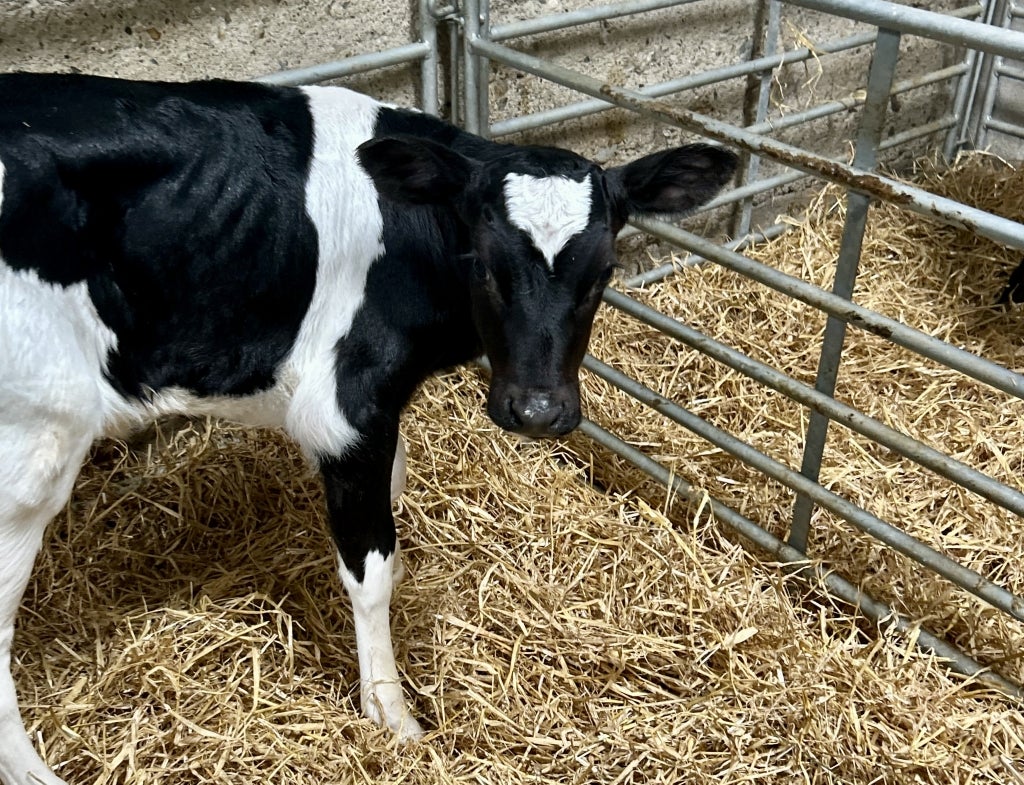
A dairy calf stands in its pen at Hallow Holsteins in Gorey, Ireland.
The grading system adds transparency to the breeding process and gives buyers confidence in the quality they’re investing in. In contrast, U.S. dairies often use genomic testing and production data and focus on breeding for output at scale. Both systems are effective, but are designed for different needs.
Moving Cattle Across Borders
Both countries depend heavily on agricultural exports, but health regulations can affect how freely cattle and products move. In Europe, recent outbreaks of blue tongue disease — a viral disease transmitted by midges — have led to stricter export restrictions. Although the disease doesn’t affect humans, it can harm cattle and sheep, so movement between countries is heavily monitored. This can slow trade and impact farmers whose businesses rely on international markets.
In the U.S., beef and dairy exports continue to play a major role, especially to countries like Japan, South Korea and Mexico. Although disease outbreaks occur, the scale of the U.S. industry allows for quicker regulation.
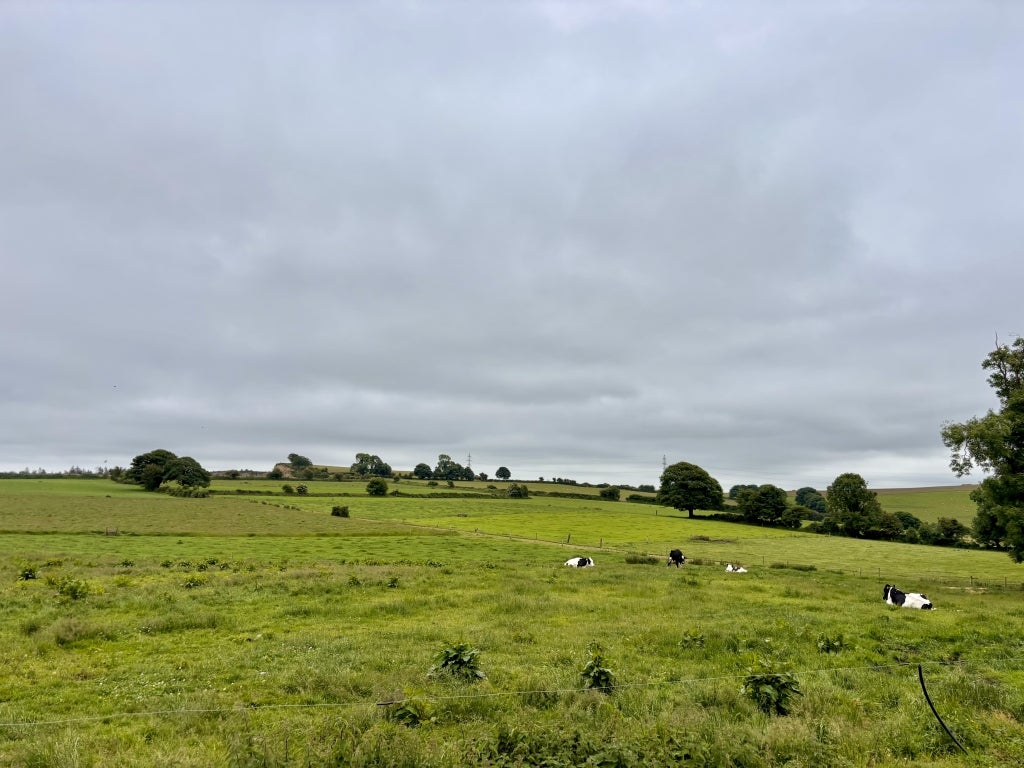
A view of fresh grass and cloudy skies in Kilkenny, Ireland.
How Each Culture Views Agriculture
In Ireland, farming isn’t just a job — it’s a tradition. Many farms have been passed down for generations, and agriculture is tightly woven into the country’s identity. There’s a strong sense of national pride in producing food locally, sustainably and with care.
In the U.S., agriculture plays a huge role in feeding the world, but it’s often viewed more as an industry than a lifestyle. Although rural communities still hold deep roots, the cultural gap between urban and rural America has widened. Many Americans don’t grow up with a direct connection to the farm, which can shape how agriculture is perceived nationwide.
Neither view is wrong — they’re just different. Each plays a role in how livestock production is managed, supported and understood.
Rules and Regulations
Ireland’s agriculture operates under strict European Union rules, especially concerning the environment and animal health. Limits are placed on nitrogen usage, hedge growth and herd management, which are all closely monitored. That level of regulation also comes with support systems — including subsidies and training — that keep small farms afloat.
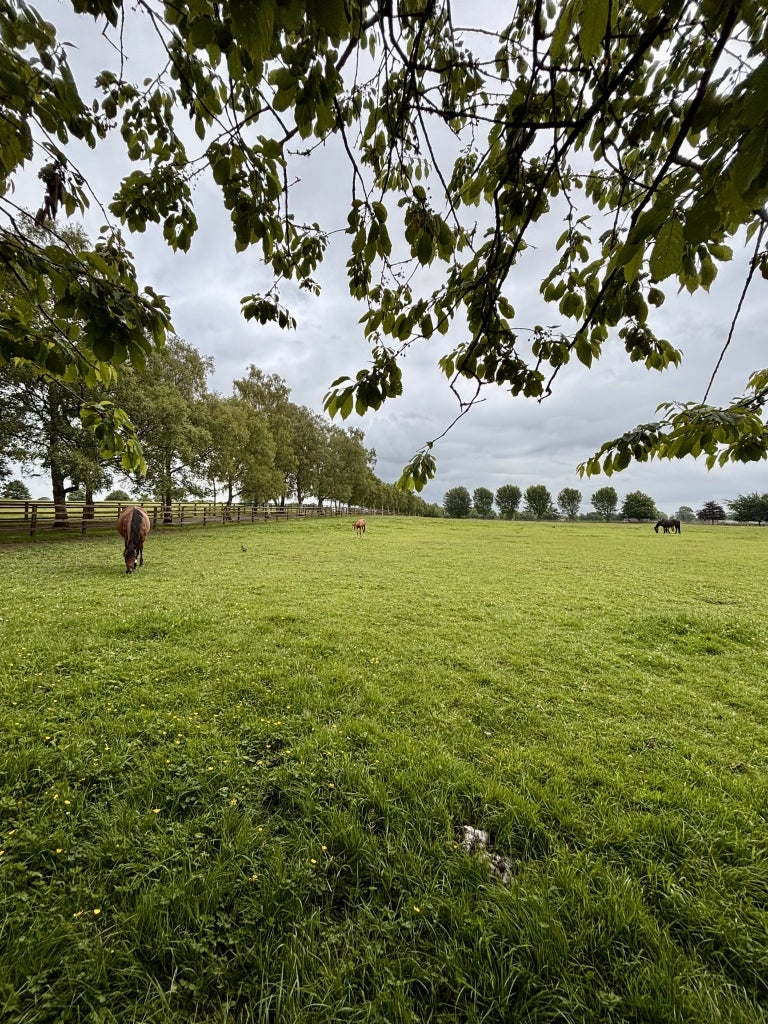
Horses sit in a field at the Irish Race Horse Experience in Tully East, Ireland.
In the U.S., regulations vary by state, and farmers often have more freedom in how they manage land and livestock. That freedom can mean fewer limitations, but it can also mean fewer resources or safety nets for small producers trying to compete.
Each system has its trade-offs. Irish farmers often feel weighed down by paperwork and restrictions, while American producers may face fewer rules but more financial pressure to scale up.
Different, Not Better
What works in one country might not work in another — and that’s okay. Both Ireland and the U.S. bring value to the agriculture world in their own ways.
At the end of the day, agriculture isn’t about who’s doing best — it’s about feeding people, caring for animals and doing what’s right for the land. That looks different depending on where you call home.


